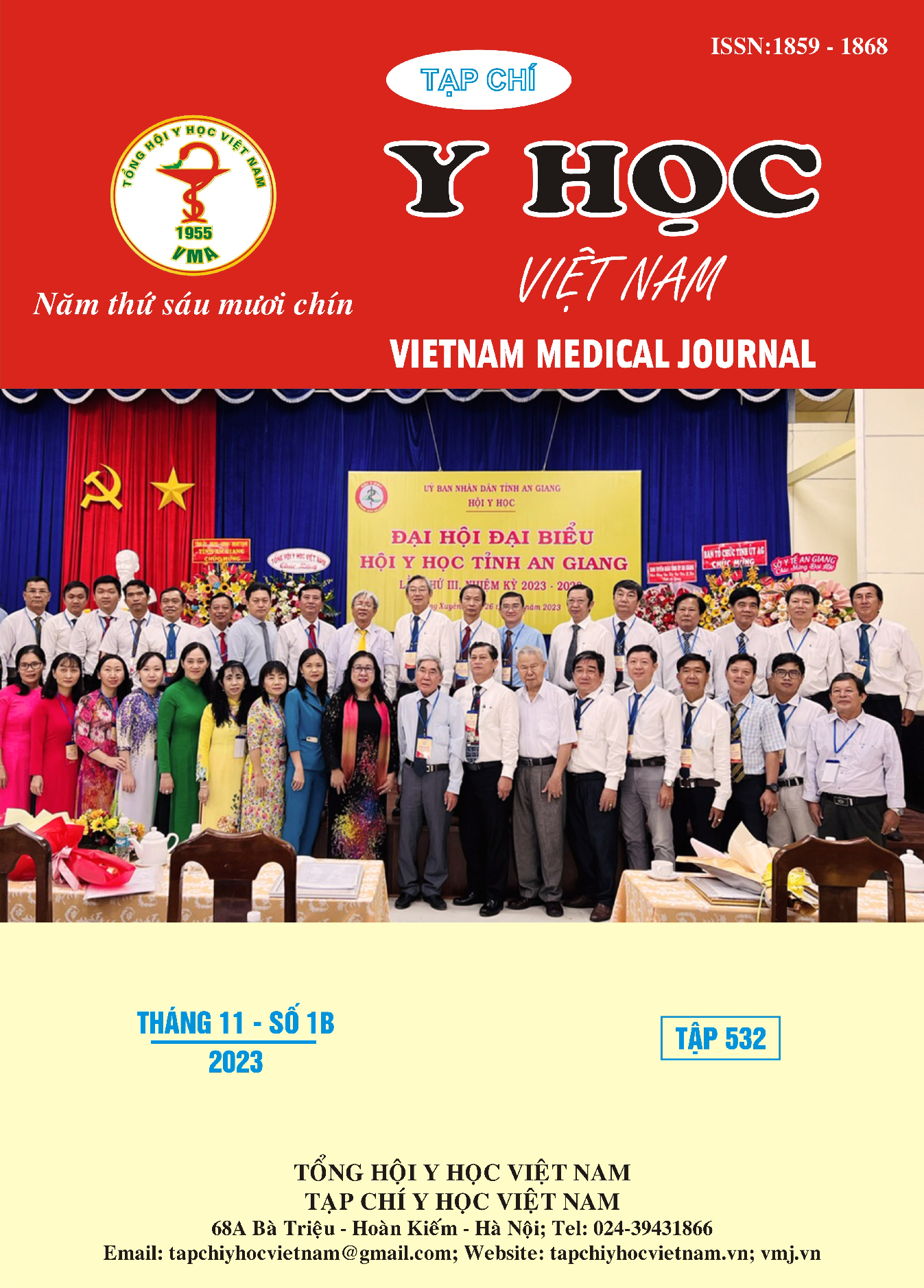SYSTEMATIC REVIEW OF TREATMENT REULTS AMENOBLASTOMA USING RADICAL SURGICAL METHOD
Main Article Content
Abstract
Objectives: 1.To review the results of radical surgecy method for ameloblastoma. Subjects and methods: a systematic review of treatment results for amoloblastoma by radical surgecy. The number found with 2 databases Pubmed, Cochrane was 186. After excluding duplicate cases 184 documents were reviewed for titles and abstracts. In this step, 128 non-conforming documents were removed, leaving 56 documents included in the full-text analysis. After analyzing the full-text articles, 10 documents were included in the study. Results: of 10 studies included in the analysis, 8 were included in the meta-analysis to evaluate the effectiveness of radical surgical treatment in patients with NSCLC. Radical surgery is 6.16 times more effective than other methods. The rate of successful treatment after radical surgery was recorded at a high level (78.6-100%), during the mean follow-up period of less than 10 years. Conclusion: The radical surgery method has good effect for patients with ameloblastoma, helping to reduce the possibility of recurrence and reduce the rate of new interventions on patients.
Article Details
Keywords
Surgery, ameloblastoma
References
2. Organisation mondiale de la santé, Centre international de recherche sur le cancer, eds. WHO Classification of Head and Neck Tumours. 4th ed. International agency for research on cancer; 2017.
3. McClary AC, West RB, McClary AC, et al. Ameloblastoma: a clinical review and trends in management. Eur Arch Otorhinolaryngol. 2016;273(7):1649-1661.
4. Yim J, Lee Y, Kim M, et al. Antimicrobial Susceptibility of Clinical Isolates of Bacteroides fragilis Group Organisms Recovered from 2009 to 2012 in a Korean Hospital. Ann Lab Med. 2015;35(6):666-666.
5. Zhang J, Gu Z, Jiang L, et al. Ameloblastoma in children and adolescents. British Journal of Oral and Maxillofacial Surgery. 2010;48(7):549-554.
6. Singh T, Wiesenfeld D, Clement J, Chandu A, Nastri A. Ameloblastoma: demographic data and treatment outcomes from Melbourne, Australia. Aust Dent J. 2015;60(1):24-29.
7. Dandriyal R, Gupta A, Pant S, Baweja H. Surgical management of ameloblastoma: Conservative or radical approach. Natl J Maxillofac Surg. 2011;2(1):22.
8. Hresko A, Burtyn O, Pavlovskiy L, et al. Controversies in ameloblastoma management: evaluation of decision making, based on a retrospective analysis. Med Oral. Published online 2021:e181-e186.
9. Au SW, Li KY, Choi WS, Su YX. Risk factors for recurrence of ameloblastoma: a long-term follow-up retrospective study. International Journal of Oral and Maxillofacial Surgery. 2019;48(10):1300-1306.
10. Milman T, Ying GS, Pan W, LiVolsi V. Ameloblastoma: 25 Year Experience at a Single Institution. Head and Neck Pathol. 2016; 10(4):513-520.


